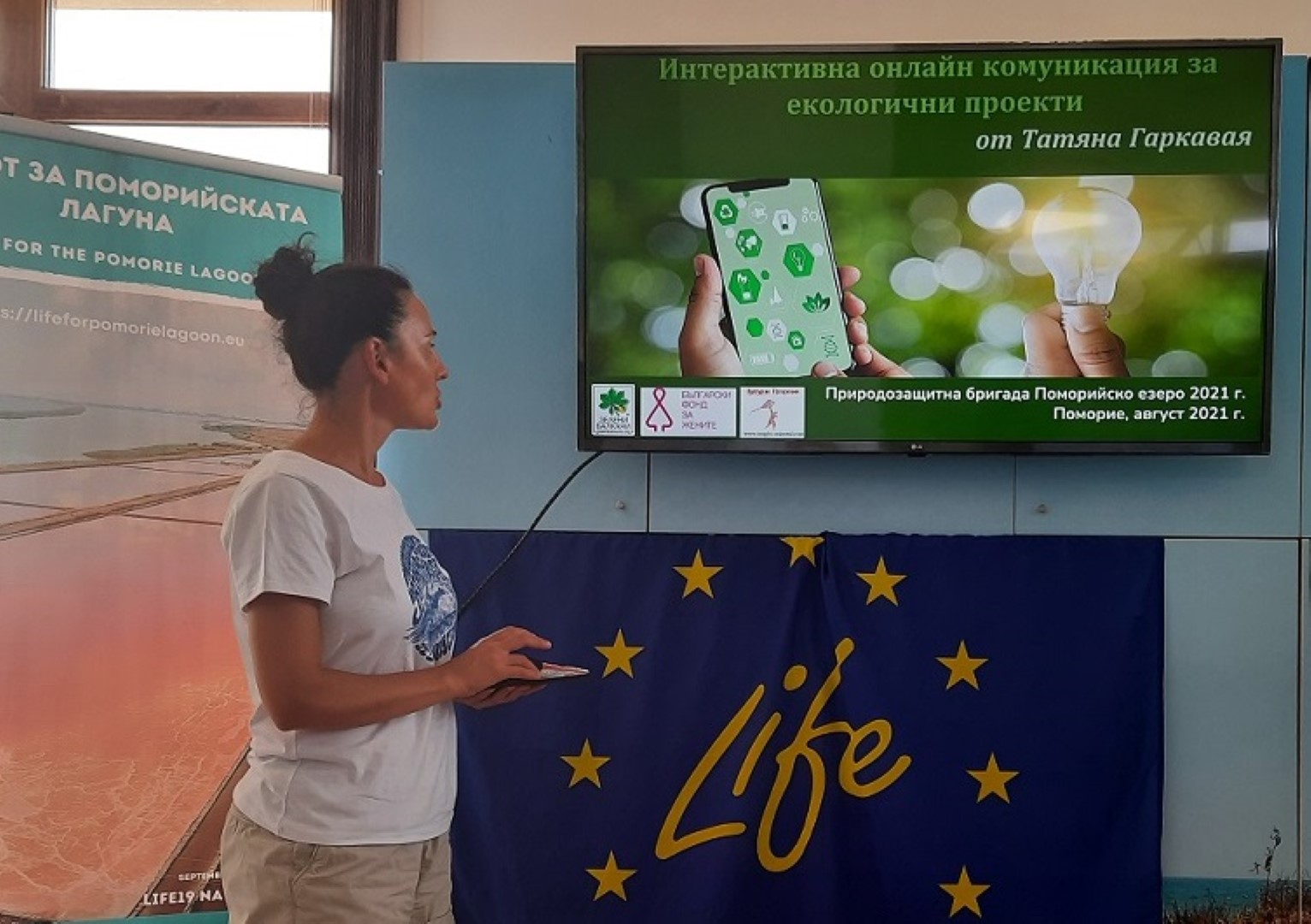Table of Contents
What birds to observe in Burgas in spring?
Useful tools for birding in Bulgas and beyond
Download a free guide to self-guided birding tours in Bulgaria!
What birds to observe in Burgas in spring?
Burgas is a real birding Mecca for avid bird watchers.
The city and surrounding Burgas Lakes are on the second bird migratory route in Europe Via Pontica.
The spring bird migration in March-April is the best time for visiting Burgas nature reserves.
The 10 amazing spring birds in Burgas
- White and Black Storks
- Eurasian Spoonbill
- Great Flamingo
- Red-Breasted Goose
- Black-Winged Stilt
- Great Crested Grebe
- Syrian Woodpecker
- Marsh Sandpiper
- Saker Falcon
Bird watching tours are the most populat choices for tourists wishing to explore the bird diversity in Burgas.
With this post, I offer an alternative way of learning about Burgas birds – through self-organized birding activities and useful digital resources.
I tested them while working on my award-winning guide to birdwatching in Bulgaria.
Download it for free at the end of this article.
So, where to look for the most interesting spring birds in Burgas?

The best starting point will be the Poda Nature Conservation Centre.
You can visit the area either for free or paying a small fee of 3.5 euro. In the latter case, you will be able to get to their terrace from 9 am to 5 pm and observe the primarily water birds from a high point. Additionally, you'll get there access to broshures on birds in Burgas.
Yet, using some local resources such as this award-winning educational website for Birdwatching in Bulgaria, you can map your birding activities in Burgas on your own.
Such independent research will allow you to add to your list some singing birds and predators.
Useful tools for birding in Bulgas and beyond

Specialised birding social media communities and digital tools, like iNaturalist, are the main facilitators for learning about birds and planning self-guided birdwarching trips.
The use of most applications is quite intuitive – just provide basic data about the photographed or recorded species and upload the visuals. AI systems will very quickly identify the species and it is possible to learn about it further in the app-related communities.
I've been a keen iNaturalist user for seven months, and I've uploaded 62 images of animals, birds, butterflies, plants and shells from 8 countries. The results were quite interesting.
Half of the uploaded photos have got the Research Grade – the identification given by experts.
My most dramatic image of a dead snake turned out to be useful for an important international project - Global Roadkill Observations.
By gathering data with the help of citizen scientists all over the world, they aim to reduce the number of roadkill.
It was especially interesting for me to learn about the species labelled 'arrived in the region via anthropogenic means' caused by humans or their activities.
Among them were Indian Fig Opuntia, a type of cactus, in the desert area of Tunisia, Canada goose spotted in New Castle and Eastern grey squirrel in London (England), and Veined Rapa Whelk in Pomorie (Bulgaria).

Three more my favourite resources for bird watching in Bulgaria represent practical tool kits where one can check the local birds' lists, find interesting routes and, importantly, discuss any related matters with knowledgeable birdwatchers:
- Bulgarian Society for the Protection of Birds (BSPD), the biggest ecological organization in Bulgaria. The BSPD has a good social media presence with active Facebook, Instagram and YouTube accounts. They share interesting facts in interviews, reportages and live stream about birds. In spring, you can watch the daily life of two most favourite and well-loved storks Drago and Draga, nested in the village of Dragushinovo.
- Sofia Bird Walks is a Sofia-based ecological initiative that organizes bird free tours across Bulgaria. They never stop developing engaging projects, even at lock-down times when social gatherings are forbidden.
- The award-winning educational website Birds in Bulgaria and an affiliated Facebook group cover 400 bird species. The website offers tones of useful information in 3 languages: Bulgarian, English and Spanish. It has photos, video, recordings of birds singing, birding spots and contacts of people who can provide more information.
All these resources offer friendly non-competitive environments.
Many birdwatchers belong to all the groups. They are as knowledgeable as some experts and frequently initiate meaningful discussions.
Stay safe and curious, and share this post if you find it interesting/useful!
More Birdwatching Activities in Burgas? Download a free guide to self-guided birding tours in Bulgaria!
The 'Cultural Insights into Conservation Volunteer Bird Watching Holidays in Bulgaria. It's Not Only About Birds!' is an award-winning guide to birding and conservation activities in Bulgaria focused on volunteering, bird watching and protection of birds’ habitats.
This book is the final result of my two-year-long ethnographic study related to birdwatching activities in different Bulgarian communities: Pomorie, Burgas, Stara Zagora, Durankulak, Sofia, Kotel, etc.
My project 'Mapping Sustainable Holidays in Bulgaria: Combine Volunteering and Holidays!' received the funding from the Bulgarian Fund for Women in the the context of the programme Climate Justice and Gender Equality.
The book is based on 30 interviews with participants of conservation activities in different Bulgarian regions: Pomorie, Burgas, Stara Zagora, Durankulak, Sofia, Kotel, etc. The guide is the final stage of my two-year-long project ‘Mapping Sustainable Holidays in Bulgaria: Combine Volunteering and Holidays!’.




